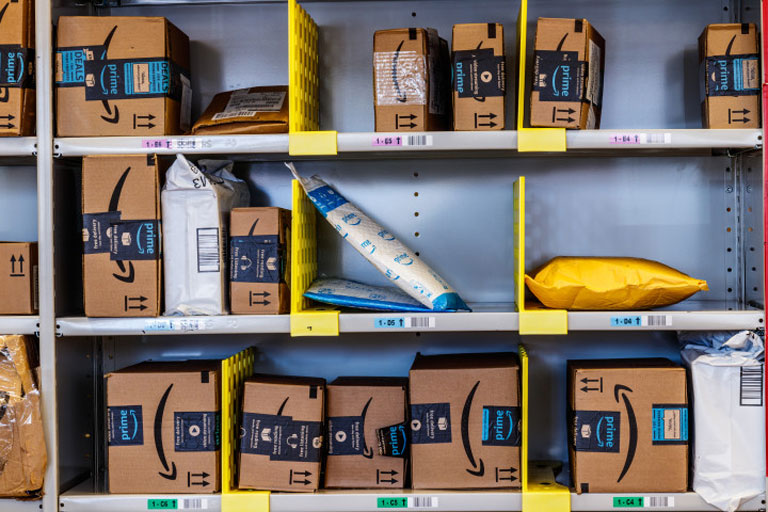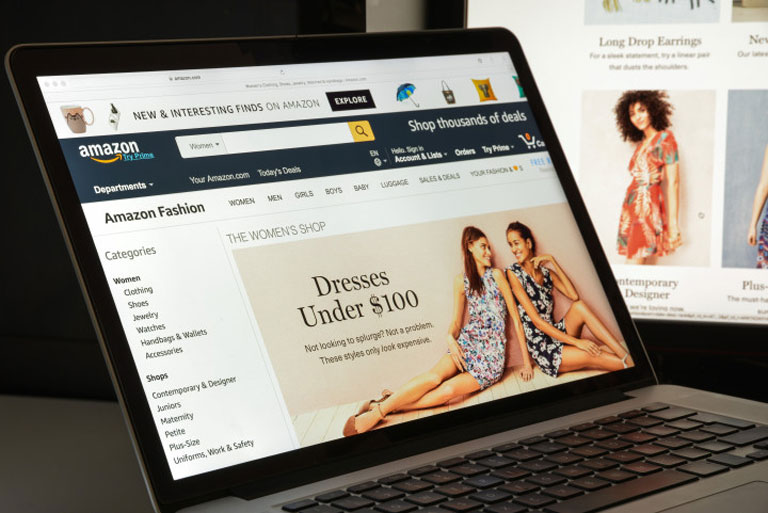Amazon.com itself is a major website that sells everything from car seats to lipsticks to sun umbrellas. When you shop from Amazon.com, you are buying directly from Amazons complete product inventory and individual sellers. Amazon Marketplace is the third-party retailer market integrated into the same platform.

It offers customers a much wider product choice from thousands of external sellers and enables price comparison to keep the platform competitive. Because Amazon Marketplace is so well integrated into Amazon.com, a lot of customers dont even realize they are purchasing from third-party sellers. Theres a good reason for this, and youll begin to understand why further along in the Video.
Unlike Amazon Marketplace where retailers can sell new and used items, anything sold directly by the namesakes domain is new and owned entirely by Amazon. Therefore, when something is purchased directly from Amazon.com, all the profits go to Amazon. When something is purchased through Amazon Marketplace, both Amazon.com and the third-party retailers share profits.
Amazon.com is very selective about who they allow to sell on Amazon Marketplace. Only certain countries are allowed to participate in it and sellers must have financial accounts registered to those jurisdictions.
While the differences between Amazon and Amazon Marketplace seem small, especially in the eyes of the consumer, they run in very different ways and both generate millions of dollars each year. Here are some key differences:
Amazon.com
An online retailer, much like others such as Walmart.
Amazon.com sells only new items and keeps the entire profit of sales.
Amazon Marketplace
An online network of third-party sellers permitted to use Amazon.com as a platform to sell their products for a percentage of the profits.
Amazon Marketplace allows sellers to resell used and new items, with a cut of the sales going to Amazon.
Amazon Selling Programs
There are two different programs available for people that want to start selling on Amazon.
These are Amazon Vendor Central and Amazon Seller Central. Lets have a look at both in more detail.â€
Amazon Vendor Central
Amazon Vendor Central is an invite-only program and is usually reserved for merchants and wholesalers. Merchants or manufacturers sell their inventory (e.g. handbags) directly to Amazon at wholesale rates, which is then sold directly on Amazon.com. Amazon maintains ownership of the products, so they shouldnt be confused with products sold on Amazon Marketplace by third-party retailers.
Selling to Amazon via Amazon Vendor Central is a simple way for manufacturers or wholesalers to sell bulk inventory, without having to do the extra work such as marketing and logistics.
Amazon Seller Central
For regular dealers or retailers, Amazon Seller Central is the way to go. More than half of total sales on Amazon come from third-party sellers registered through Seller Central, so youre in good company if you decide to go this route.
Sellers on Amazon Seller Central sell products under their own brands or stores on Amazon Marketplace and maintain ownership of inventory, unlike those on Amazon Vendor Central.
They are also free to decide whether they want Amazon to handle packaging and shipping of their products from Amazon fulfillment centers, or do it on their own. These options are called Fulfilled by Amazon (FBA) and Fulfilled by Merchant (FBM), respectively. "[Amazon Marketplace] offers customers a much wider product choice from thousands of external sellers and enables price comparison to keep the platform competitive." -Click to Tweet-
Fulfilled by Amazon (FBA)
Fulfilled by Amazon, often referred to as FBA, is an option that allows sellers to send their inventory to any one of 80 fulfillment centers across the US, in order for Amazon to handle packaging, shipping, and the majority of customer communication.
This hands-off approach enables merchants to focus purely on business growth, without having to worry about logistics beyond sending inventory to fulfillment centers. Merchants dont have to choose FBA for all of their products.
Some of the benefits of FBA include:
Exposure to Amazon Prime.
Amazon Prime customers purchase more frequently on the platform than traditional shoppers and in the US alone, there are over 80 million active Prime subscriptions! Prime customers are more likely to purchase an FBA product since itll offer them the existing benefits of Prime (free, fast shipping) with the added trust of Amazons exceptional customer service.â€
Fewer logistics.
Eliminating the tasks of handling warehouse management and shipping, retailers can allocate logistics to Amazon and save on the associated fees.
Customer service handling.
You dont need to be a customer service specialist to use FBA. Amazon takes care of all shipping-related customer concerns on your behalf, including returns.
Buy Box eligibility.
â€Being an FBA seller is an automatic advantage for winning the Buy Box on the front page of a product search. Your eligibility increases along with your seller rating and overall customer satisfaction.
Amazon brand trust.
Because customers know that your product is fulfilled by Amazon and covered by the brands reputation for customer-centric service, your store immediately benefits from the same.
Fulfilled by Merchant (FBM)

Another option you have as a seller is to fulfill your own products as a merchant (FMB). This means that your inventory, shipping, and customer communication is entirely at your responsibility and expense, affording you more control over your business.
Some of the benefits of FBM include:
Inventory access and ownership.
If there is a problem with your product, you can access your inventory at any time and fix the issue at source. This isnt available on FBA where inventory is stored at Amazon Fulfillment Centers. When there are faulty items, these are either sent back to sellers or calculated as a loss, depending on the costs involved.
Lower fees.
Although youll still have to pay for referral and closing fees, youll save on FBA storage and fulfillment fees if you go the FBM route.
Higher margins.
Since youll be bypassing the fees FBA sellers have to pay, youll have higher profit margins on each product you sell.
Seller-Fulfilled Prime, without FBA fees.
If your store has exceptional performance metrics, it could earn you the eligibility of offering Seller-Fulfilled Prime - a sign that your store is a brand Amazon trusts. This gives your products better visibility and the greater likelihood of a sale, without having to go FBA and paying all the extra fees.
What Are The Fees For Sellers On Amazon Marketplace?
Depending on the selling plan chosen, the costs of selling on Amazon will vary. There are two subscription plans available: Individual and Professional.
The Individual seller plan has:
The Professional plan has:
What are Referral Fees?
The Amazon Marketplace Referral Fees are subtracted from the overall sale of your product as part of Amazons cost-per-acquisition (CPA) model. These include variable closing fees such as selling price, shipping and gift wrap.
Thinking Of Starting Your Own Amazon Marketplace Store?

Becoming an Amazon Marketplace seller is a great career choice for anyone wanting a semi-passive income or the potential of uncapped earnings.
To make it a success, youll need to work out which method of selling is most profitable for the type of products you want to sell and plan your budget accordingly. If you are ready to start your Amazon sellers journey, we wish you the best!
 Best resource for Online free Education
Best resource for Online free Education

